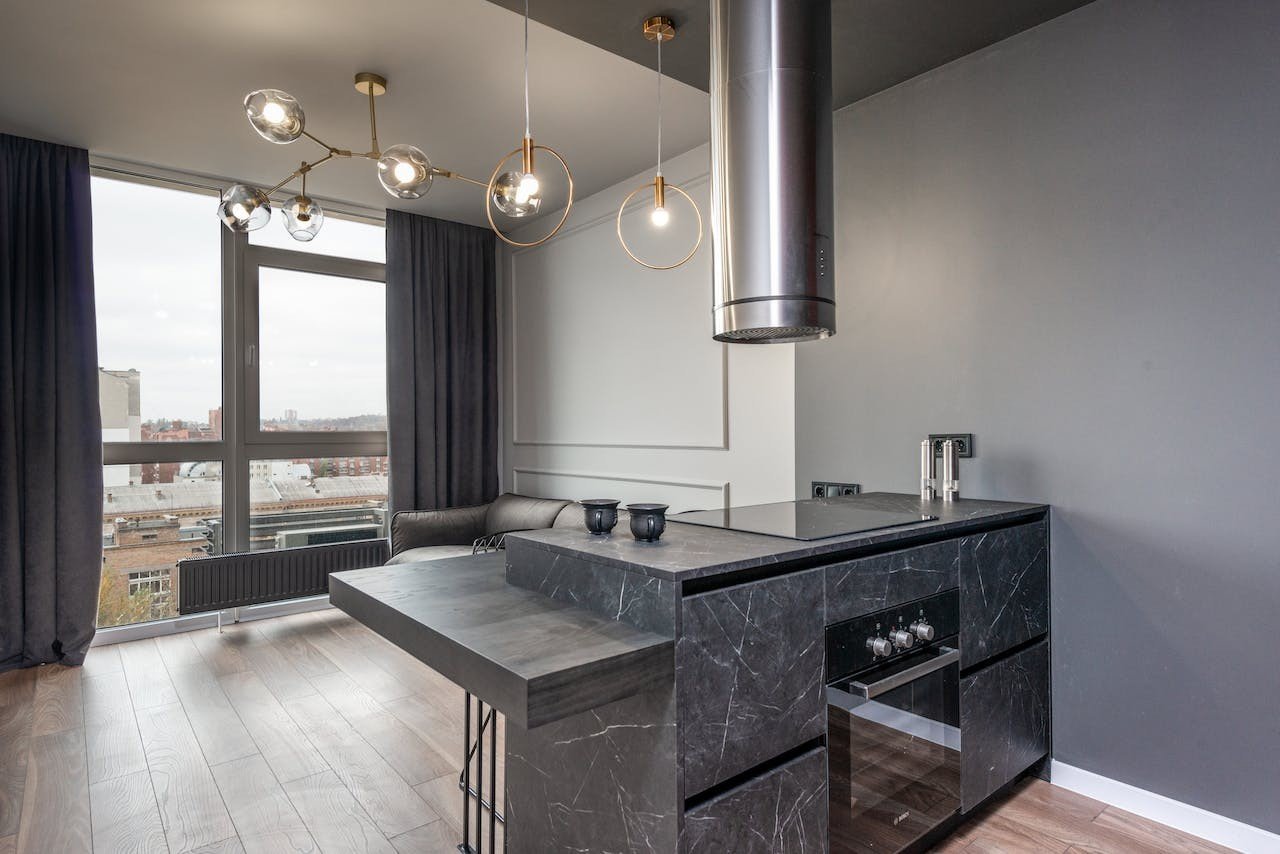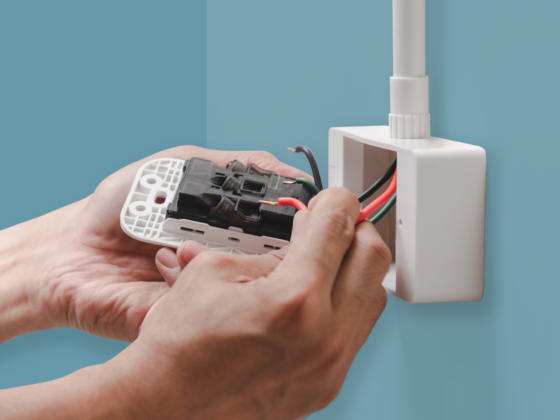Table of Contents Show
A home is much more than just a place to live; it’s a space where life happens. With our busy lifestyles, having a home that is both comfortable and functional can significantly enhance daily living.
From the kitchen where we prepare our meals to the living room where we unwind, every corner of our home has the potential to be optimized for better functionality. Whether you’re in a spacious house or a cozy apartment, making your home more functional is all about smart planning and clever design choices.

In this article, we’ll explore some essential tips to help you transform your home into a more efficient and enjoyable space. So, let’s dive into these practical ideas and turn your home into a haven of functionality!
1. Maximize Storage Space
A clutter-free home is a functional home. Utilize every bit of space by adding smart storage solutions. Think of under-bed storage in bedrooms, pull-out cabinets in the kitchen, and built-in shelves in living areas. Consider multifunctional furniture, like ottomans with storage or beds with built-in drawers, for added space-saving.
2. Optimize Your Kitchen Layout
The kitchen is often the busiest room in the house. Optimize its layout to enhance functionality. Ensure there’s enough counter space for meal prep, and consider adding an island if space permits. The classic work triangle between the stove, sink, and refrigerator promotes efficiency. Also, organize your pantry and cabinets for easy access to utensils and ingredients.
3. Upgrade Garage Doors
Your garage is an extension of your home. Keeping up with garage door trends can increase functionality and aesthetic appeal. Upgraded garage doors offer better insulation and security and often come with smart technology for ease of use. A well-maintained garage door also enhances your home’s curb appeal.
4. Create a Home Office Space
With more people working from home, a dedicated office space is essential. If you don’t have a separate room, carve out a corner in a quiet area of your home. Ensure good lighting and comfortable seating. Organizational tools like shelving or a pegboard can keep your workspace tidy and productive.
5. Update Lighting Fixtures
Good lighting is key to a functional home. Update lighting fixtures to ensure adequate illumination in each room. Layer different types of lighting – ambient, task, and accent – to create the right mood and improve functionality. Consider energy-efficient LED bulbs to save on electricity bills.
6. Embrace Technology for Convenience
Incorporate smart home technology for added convenience. Smart thermostats, lighting, and security systems can enhance functionality and give you control right from your smartphone. These technologies not only make daily tasks easier but also improve energy efficiency.
Read Also :
7. Revamp the Bathroom for Efficiency
A functional bathroom can significantly improve daily routines. Consider updates like dual sinks, ample storage, and water-efficient fixtures. If space allows, a separate shower and tub can add luxury and practicality. Well-placed towel racks and hooks are small additions that make a big difference.
8. Opt for Easy-to-Clean Surfaces
Functionality also means easy maintenance. Choose surfaces that are easy to clean and durable. For example, quartz countertops in the kitchen, satin or semi-gloss paint for walls, and laminate or tile flooring. These choices reduce cleaning time and effort, making your home more practical.
9. Create Flexible Living Spaces
Homes with flexible living spaces can adapt to various needs. Consider furniture that can be easily moved or reconfigured, like modular sofas or extendable dining tables. This flexibility allows you to transform spaces according to different activities or occasions.
10. Enhance Outdoor Living
Extend functionality to your outdoor spaces. A well-designed patio or garden can serve as an additional living area. Invest in comfortable outdoor furniture, and consider features like a fire pit or outdoor kitchen for entertaining and relaxation.
11. Prioritize Accessibility
Design your home with accessibility in mind. This could mean wider doorways, a no-step entryway, or a bathroom on the main floor. These features not only make your home more functional for all ages but also increase its long-term value.
12. Regular Maintenance is Key
Finally, regular maintenance is crucial for a functional home. Keep on top of repairs, whether it’s fixing a leaky faucet or servicing your HVAC system. A well-maintained home runs more efficiently and saves you from costly repairs down the line.
Conclusion
Making your home more functional is about smart design choices and regular upkeep. It’s about creating a space that not only looks great but also simplifies your daily life.
Whether it’s through maximizing storage, embracing smart technology, or optimizing layouts, each of these tips can contribute to a more efficient and enjoyable home.
Remember, even small changes can make a big difference in the functionality of your space. So, start implementing these ideas today and enjoy the benefits of a more functional home!










